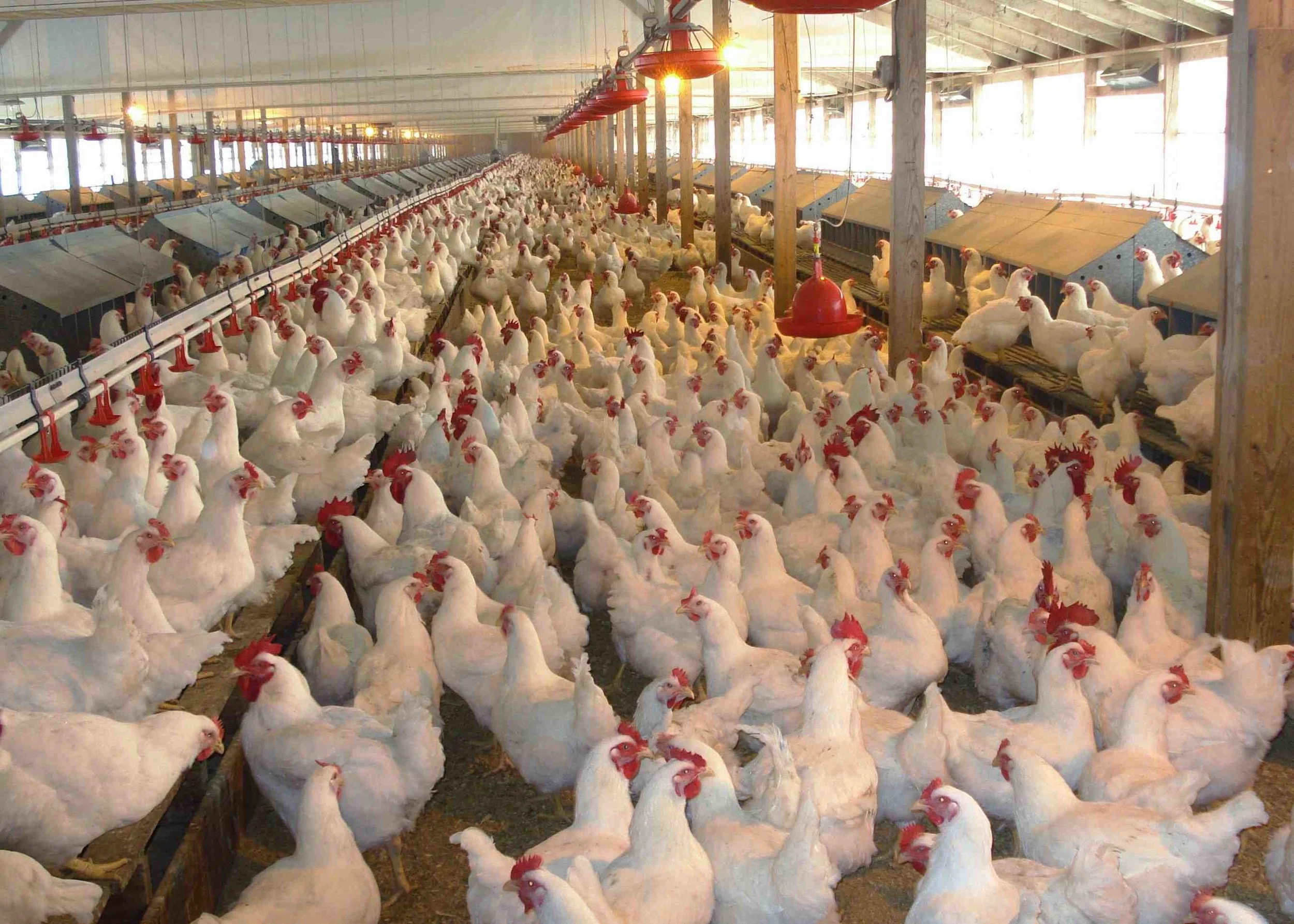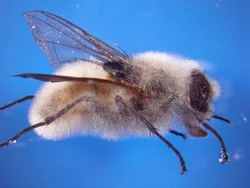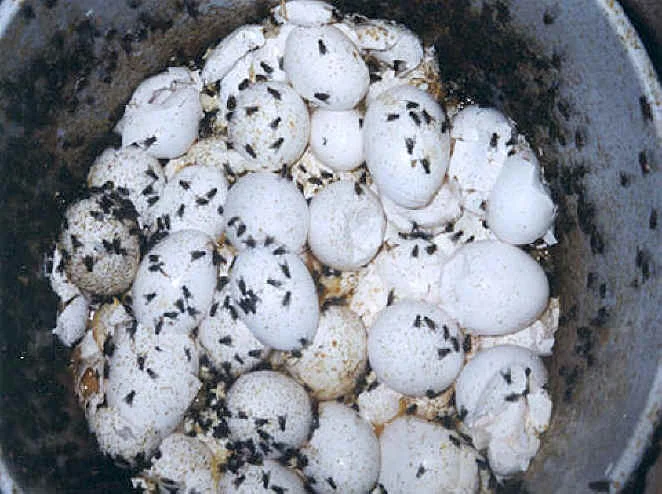Improved fly control on poultry facilities with microbial products
Broad Objectives
Objective 1. Collect new fungal (Beauveria bassiana) isolates from flies on Pennsylvania poultry facilities and screen them to identify strains with fast kill times.
Objective 2. Test the most promising strains, and subject them to selection for further improvements in kill times.
Objective 3. Ensure their compatibility with the most important natural enemies of flies (three species of parasitic wasps and the beetle predator Carcinops pumilio.
House flies are responsible for over $375 million annually in losses to American animal agriculture, with commercial egg production accounting for a substantial proportion of those losses. The rapid development of resistance by flies to insecticides, even those with novel modes of action such as spinosad and imidacloprid, has lead to an imminent collapse in producers’ ability to manage these pests. Throughout the country, flies are now resistant to the QuickBayt and QuickStrike products that were producers’ last line of defense for fly control for many years. New fly control tools are desperately needed, and they must be environmentally safe as well as effective and economical.
Microbial control of adult flies using fungal pathogens is a highly attractive alternative for managing insecticide-resistant flies. The pathogenic fungus Beauveria bassiana is particularly promising because spores have a long shelf life and can be formulated as a bait or applied using conventional insecticide application equipment. A better B. bassiana tool can be developed for the poultry industry which would be an important for Integrated Pest Management programs, as well as be compatible with organic farming practices. The goal is to develop a microbial control tool product for house flies that is effective and economical enough to be part of the poultry industry’s fly control. This project is in collaboration with the USDA, ARS and funded by US Poulry & Egg and USDA, NIFA capacity funds.



